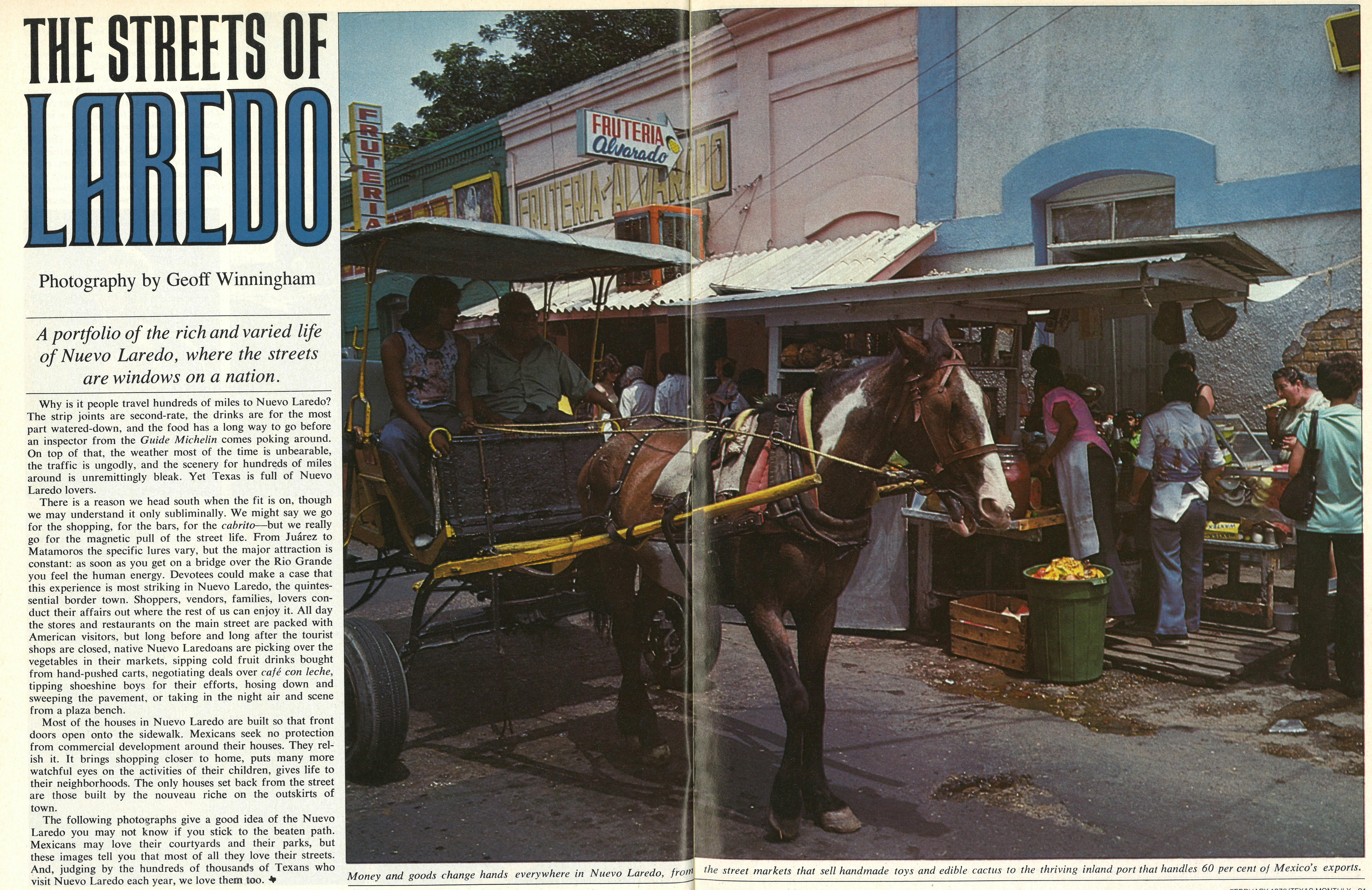 Why is it people travel hundreds of miles to Nuevo Laredo? The strip joints are second-rate, the drinks are for the most part watered-down, and the food has a long way to go before an inspector from the Guide Michelin comes poking around. On top of that, the weather most of the time is unbearable, the traffic is ungodly, and the scenery for hundreds of miles around is unremittingly bleak. Yet Texas is full of Nuevo Laredo lovers.
Why is it people travel hundreds of miles to Nuevo Laredo? The strip joints are second-rate, the drinks are for the most part watered-down, and the food has a long way to go before an inspector from the Guide Michelin comes poking around. On top of that, the weather most of the time is unbearable, the traffic is ungodly, and the scenery for hundreds of miles around is unremittingly bleak. Yet Texas is full of Nuevo Laredo lovers.
There is a reason we head south when the fit is on, though we may understand it only subliminally. We might say we go for the shopping, for the bars, for the cabrito—but we really go for the magnetic pull of the street life. From Juarez to Matamoros the specific lures vary, but the major attraction is constant: as soon as you get on a bridge over the Rio Grande you feel the human energy. Devotees could make a case that this experience is most striking in Nuevo Laredo, the quintessential border town. Shoppers, vendors, families, lovers conduct their affairs out where the rest of us can enjoy it. All day the stores and restaurants on the main street are packed with American visitors, but long before and long after the tourist shops are closed, native Nuevo Laredoans are picking over the vegetables in their markets, sipping cold fruit drinks bought from hand-pushed carts, negotiating deals over cafe con leche, tipping shoeshine boys for their efforts, hosing down and sweeping the pavement, or taking in the night air and scene from a plaza bench.
Most of the houses in Nuevo Laredo are built so that front doors open onto the sidewalk. Mexicans seek no protection from commercial development around their houses. They relish it. It brings shopping closer to home, puts many more watchful eyes on the activities of their children, gives life to their neighborhoods. The only houses set back from the street are those built by the nouveau riche on the outskirts of town.
The following photographs give a good idea of the Nuevo Laredo you may not know if you stick to the beaten path. Mexicans may love their courtyards and their parks, but these images tell you that most of all they love their streets. And, judging by the hundreds of thousands of Texans who visit Nuevo Laredo each year, we love them too.
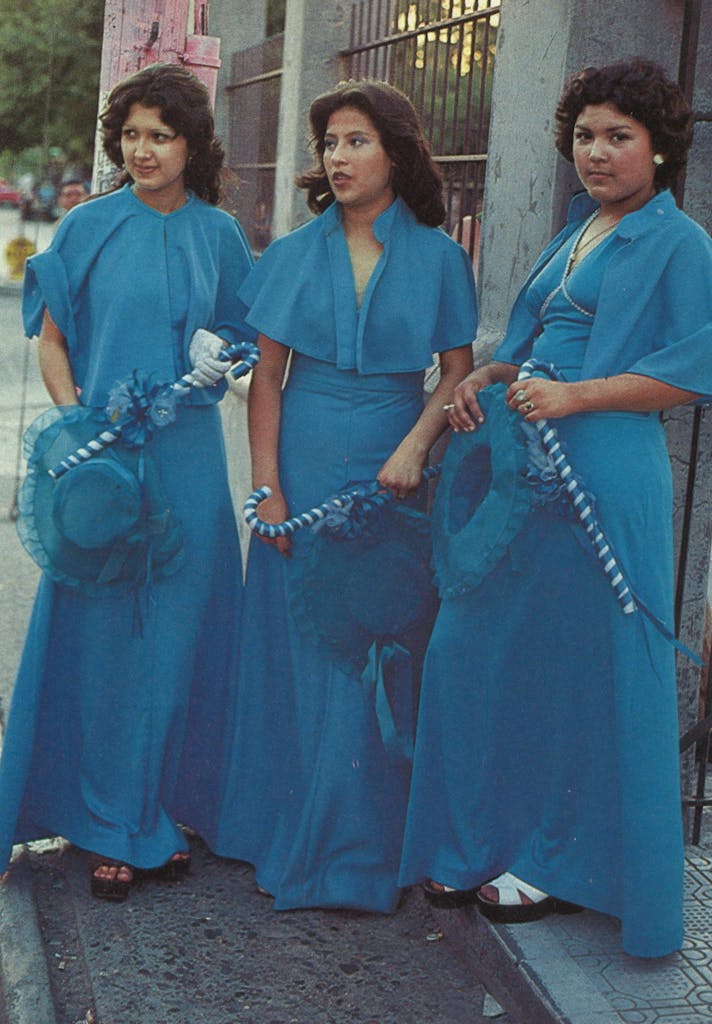
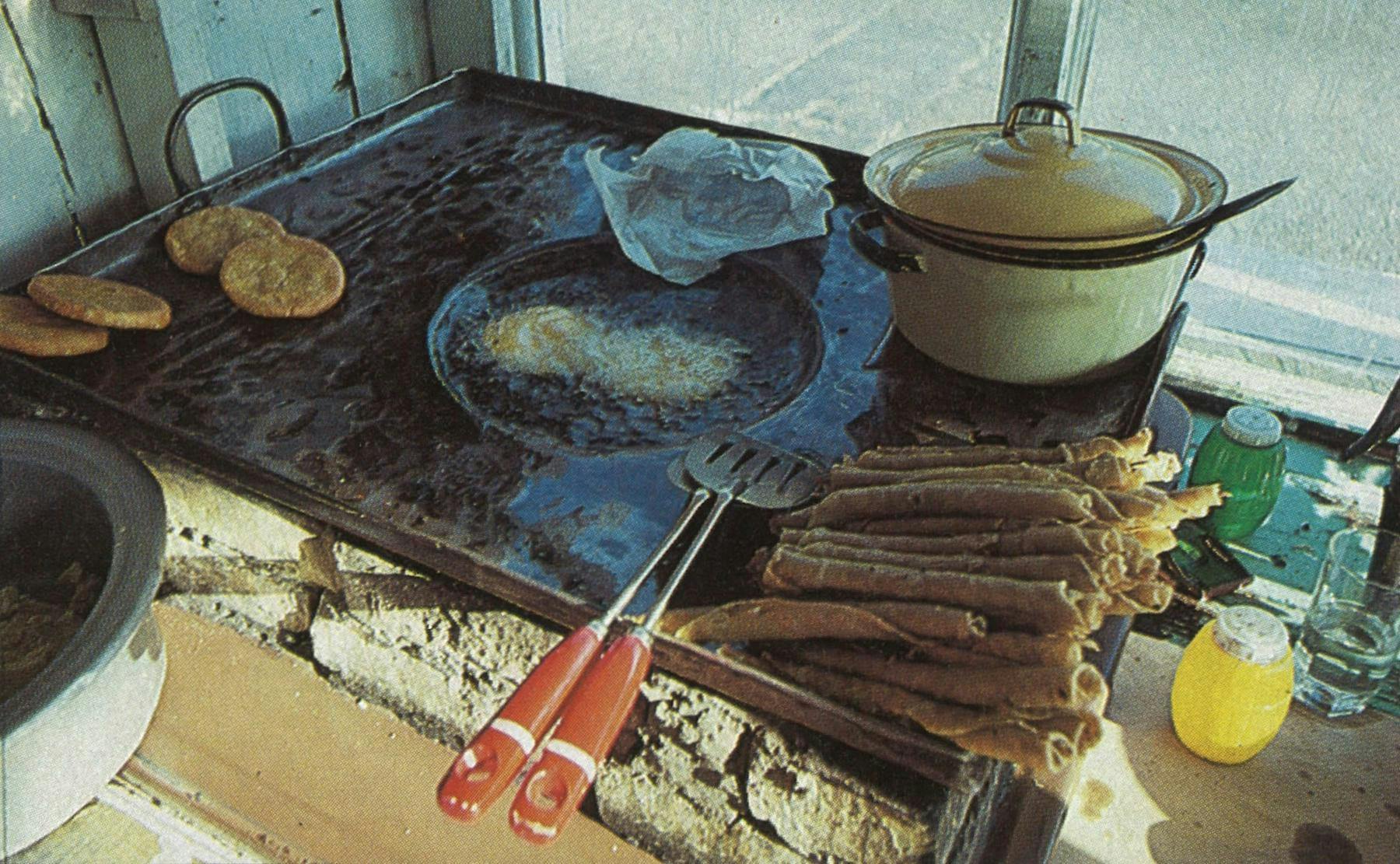


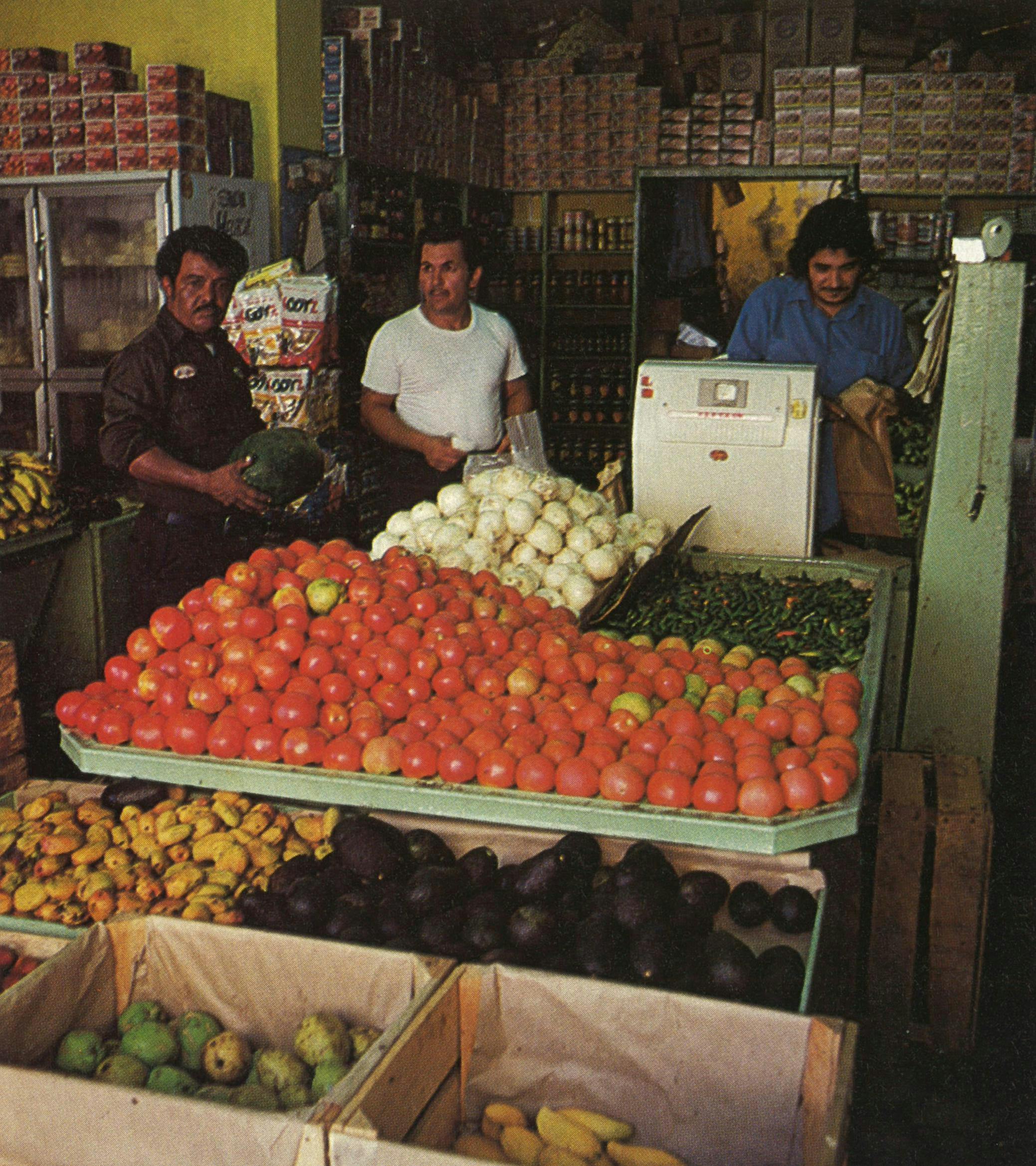
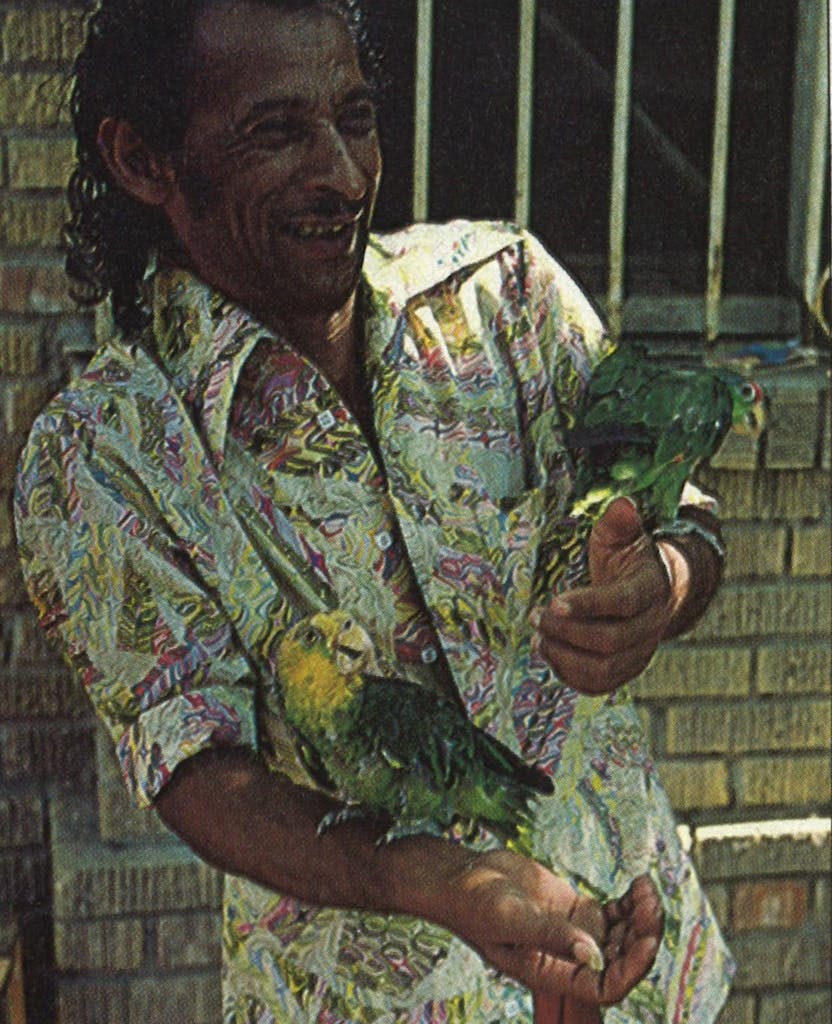

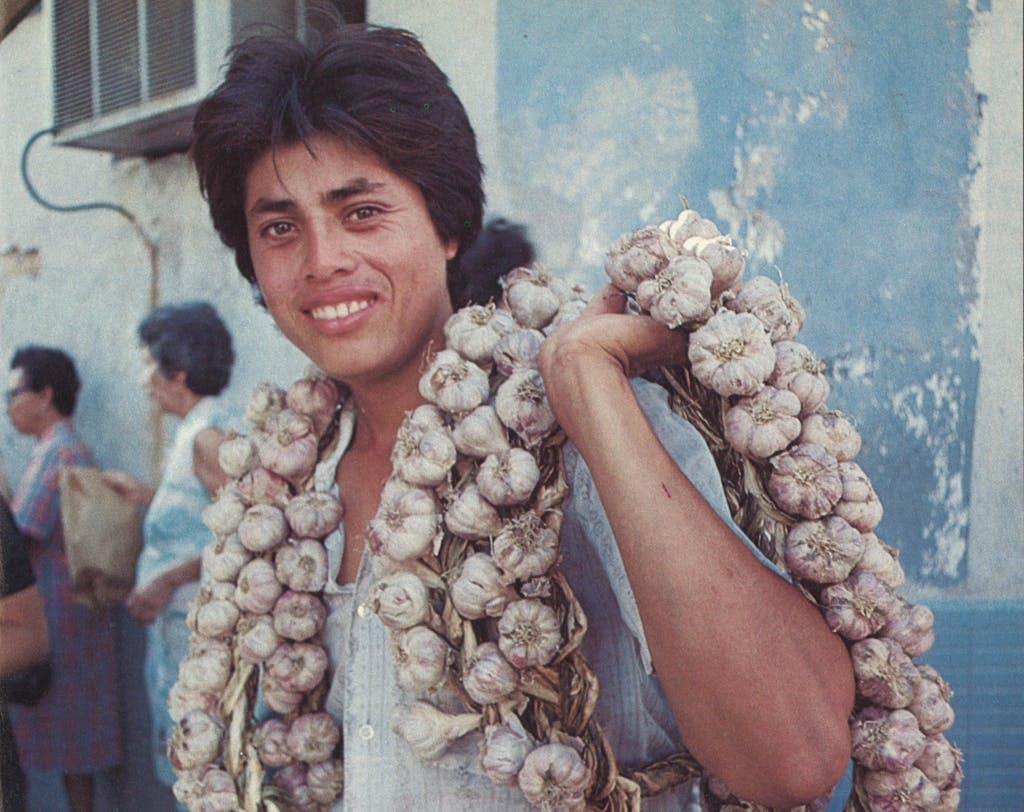
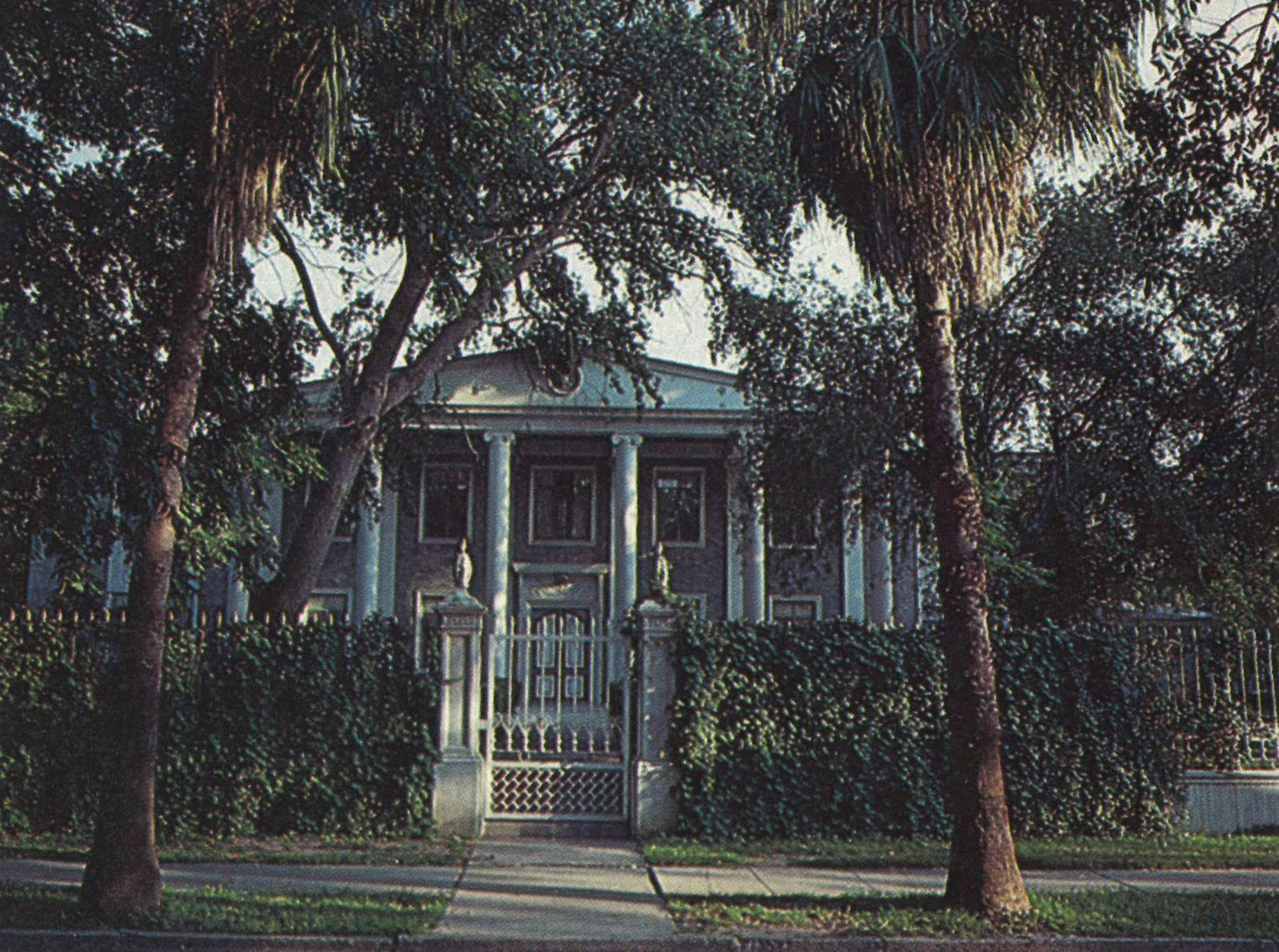
- More About:
- Photo Essay
- Mexico
- Laredo






